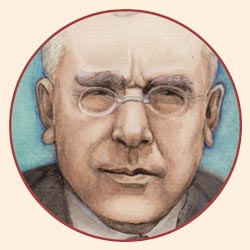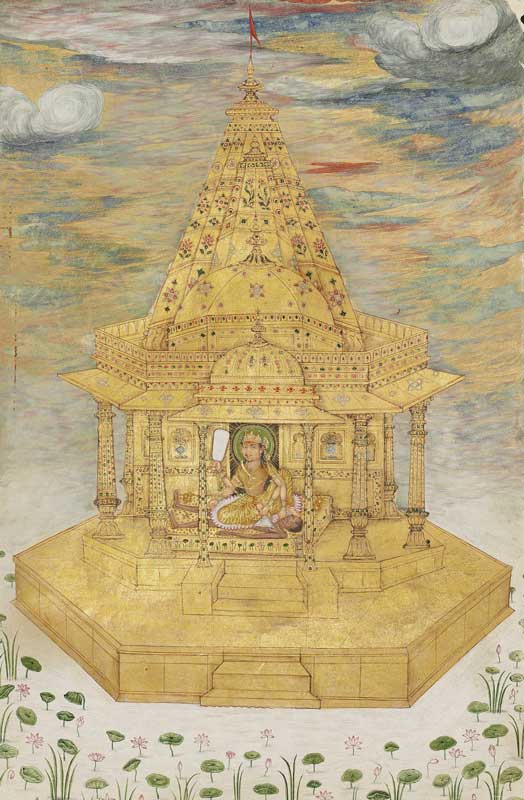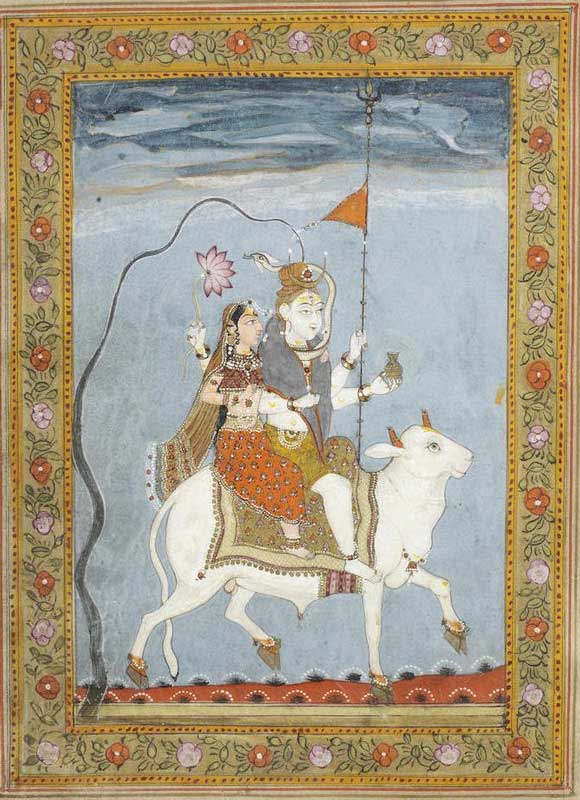BePeriod Gathering in
IndiaNovember 17 -23/25
Karnataka is a treasure trove of architectural marvels spanning centuries of history with some surviving monuments going back to the 5th century BCE. The temples of this southern Indian state stand as silent witnesses to the development of various religious currents in this region. From the intricate carvings of Hoysala temples to the grand Vijayanagara complexes, these structures showcase the diverse artistic styles that flourished through the ages. They offer us closer contact with the founding impulses of Hinduism, Buddhism, and Jainism. Read more about some of the themes we will be exploring below:
The Temple
Why build temples in the first place?
Both rock-cut and stone-erected temples create a space deliberately isolated from nature. As one crosses the threshold, the environment changes dramatically. The warmth of the sun gives way to cool shade. A dim, mysterious interplay of light and shadow replaces the bright clarity of daylight. The vibrant sounds of the outside world fade, and we are enveloped by a profound silence. This abrupt shift in sensory experience creates a man-made oasis isolated from the distractions of the natural world.
In many Indian temples, this inner space also symbolically represents fundamental cosmic principles. The innermost shrines frequently house phallic stupas or lingams, embodying the male principle of creation. These are enshrined within womb-like caverns or garbhagrihas, symbolizing the feminine aspect. This juxtaposition of male and female elements suggests a sacred union, possible only in the intimate space deliberately carved out for this purpose.
We will explore the inner meaning of these symbols, which will become more and more discernible as we visit the temples in Karnataka.
Goddess Bagalamukhi in Golden Temple | 17th c. Miniature
Esoteric schools are difficult to find because they exist in the guise of ordinary temples… Indian temples are built in the form of four concentric squares, one contained within the other. Worshipers usually have access to the first outer court; access to the second court is for people of a certain caste only or for those having special permission; access to the third court is only for persons belonging to the temple; and access to the fourth is only for Brahmins and priests.

Buddha seated on Lotus | 100 – 300 C.E | Gandhara
Out of the Mud Grows the Lotus
One symbol we will encounter time and again in the temples of Karnataka is the lotus. This elegant flower appears subtly carved into stone pillars as well as prominently displayed as grand lotus-shaped mandapas (pavilions). The lotus, ubiquitous in the Indian landscape, emerges fresh and pure from the hidden depths of muddy waters. Hindu, Buddhist, and Jain traditions incorporated its contrasting characteristics into their symbolism.
Mahavira, founder of Jainism, began his teaching with a sermon dedicated to the lotus. He drew a parable from a common springtime sight in India: a pond with blossoming lotus plants. He described how each plant, rooted in the mud, pushes its colorful blossoms above the murky water, with one blossom at the center of the pond standing out above the rest. “The lotus pond is the world… the mud is the passions. The many lotus plants are the subjects, and the one beautiful blossom is the king.”
Throughout our travel, we will witness this prominent symbol and be invited to consider how the mud of our inner chaos might be transformed into something pure, beautiful, and fragrant.

Essence can only develop at the expense of the Personality. Personality is the outer or external part of ourselves that surrounds the Essence, and Essence is the inner part.
The Male and Female Principles
As we circulate through Karnataka’s temples, we will encounter a recurring theme that speaks to the very essence of creation: the interplay of male and female principles. This theme, hinted at earlier in the lingam, as well as the lotus flower (itself an agent of reproduction), is often explicitly represented in temple sculpture.
We will witness lovers in various stages of intimacy – courting, cuddling, and even engaging in lovemaking. To the modern visitor, these scenes may seem oddly placed, even obscene, yet their presence in religious temples suggests a deeper meaning than physical sex.
Creation is perpetuated by the pairing of male and female. However, human beings are unique in being able to accomplish such a union internally. By pairing the masculine and feminine principles within us – knowledge and emotion, or consciousness and will – we give birth to a new body that is free and independent of the restrictions of our physical bodies. This is the liberation and enlightenment all Eastern religions have always preached.
Shiva, Parvati, and Nandi | 19th c. Miniature
With self-consciousness we acquire a function which is called higher emotional, although it is equally intellectual, because on this level there is no difference between intellectual and emotional such as there is on the ordinary level.

The Taj Mahal
The Taj Mahal
The Taj Mahal has long captivated visitors with its ethereal beauty. In the early 1900s, Peter Ouspensky pondered its profound impact, writing in his travel notebook: “In what then lies the strength of the impression made by the Taj Mahal? Whence comes the irresistible effect which it produces on all who see it?”
The origins of this magnificent structure can be traced back to the Mughal conquest of India. Shah Jahan, grandson of Emperor Akbar, was a formidable military leader and statesman, and also possessed a refined appreciation for art and philosophy. His court in Agra became a magnet for eminent scholars and artists from Persia, the cultural epicenter of Western Asia at the time.
Despite his scholarly interests, Shah Jahan spent much of his life engaged in military campaigns. His beloved wife, Arjumand Banu, also known as Mumtaz Mahal (“The Treasure of the Palace”), was his constant companion during these expeditions. Mumtaz Mahal served as Shah Jahan’s trusted advisor in matters of intricate Oriental diplomacy and shared his passion for philosophical discourse. In 1631, while giving birth to her 14th child, the Empress realized she would not survive this delivery. Her dying wish was for Shah Jahan to construct “the most beautiful tomb in the world” in her memory. Grief-stricken and determined to honor her request, Shah Jahan conceived the idea of an immense mausoleum of white marble on the banks of the Yamuna River in Agra.

All who had attempted to describe the Taj Mahal had missed what was most important… [None] could explain for me the impression of fairy-tale unreality, of something beautiful, but infinitely remote from life, the impression which was felt behind all the descriptions, but which nobody has been able to put into words…
Peter Ouspensky

BePeriod Students in Rehearsal | Venice 2024
Theatrical Performance
Ancient teachings were usually enacted rather than merely studied or retold. Combining text, movement, and emotion, vivifies the storytelling and forces the knowledge into all centers of the practitioner’s being. Accordingly, we will bring our studies to life through the powerful medium of theater. Throughout the week, our evenings and nights will be dedicated to rehearsals, placing us under creative pressure to deepen our understanding of the chosen narrative. This intensive process will make our exploration more relevant, intimate, and memorable. On the final evening of our gathering, we will present our play, transforming our learning into a shared, immersive experience for all participants.

One of the studies traditionally connected with esoteric work is that of acting and the theater… ‘Acting’ becomes connected with conscious intentional conduct as opposed to conduct that happens. ‘Acting’ means behaving in a way that one has decided in advance for a reason one has decided in advance. It means deliberately choosing and expressing one feeling out of many contradictory ones that may arise. It means deliberately holding some positive posture in order not to fall into a familiar but unconscious one.
BePeriod Gathering in
IndiaNovember 17 -23/25




